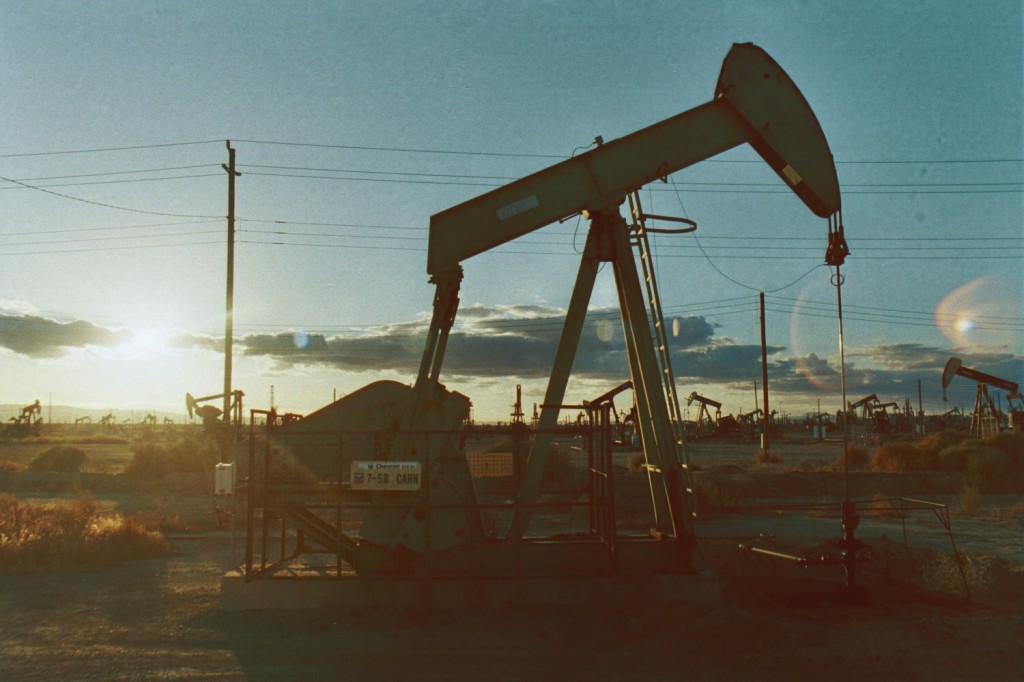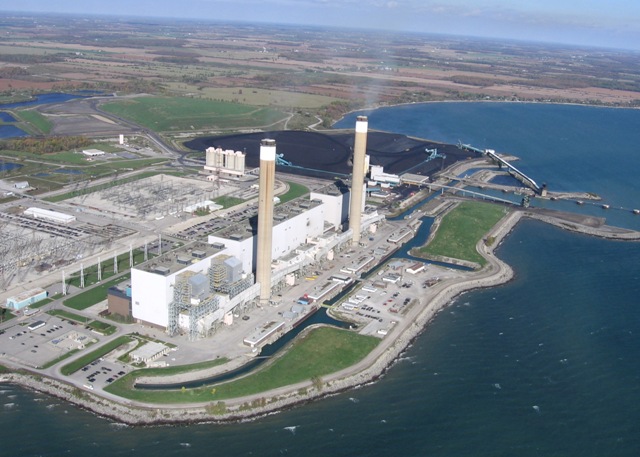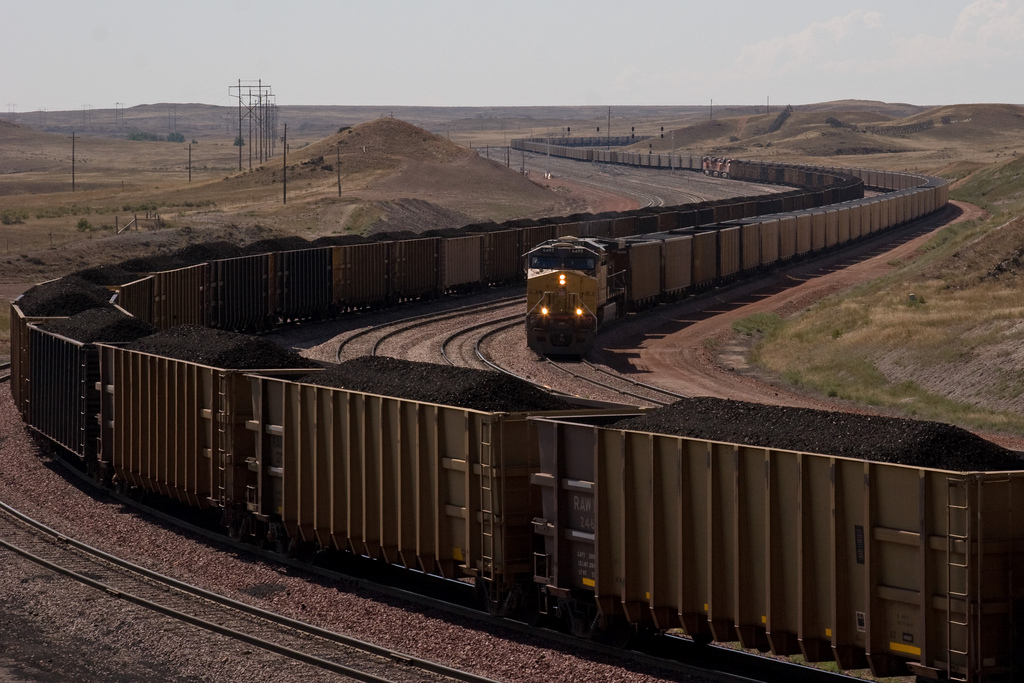For electric utilities eager to hang onto their existing coal-fired power plants, carbon-capture technology must offer an exciting chance at salvation.
As the name says, carbon capture retains and stores the emissions produced by coal power plants in particular, in theory mitigating some of their environmental impact.
Power plants equipped with carbon-capture systems have been discussed for some time, but are only now coming online.
DON'T MISS: Exxon backs carbon-capture technology to feed fuel cells (May 2016)
A carbon-capture system billed as the largest of its kind in the world recently began operations in Texas, reports Reuters.
Carrying a reported price tag of $1.04 billion, that plant is a joint effort of utility NRG Energy and Japanese firm JX Nippon Oil & Gas Exploration Corp.
The facility captures emissions of carbon dioxide (CO2) and pumps them into a nearby oilfield to aid in the process of extracting crude oil.

Oil field (Image: Flickr user johnny choura, used under CC license)
This creates the added benefit of revenue from oil sales to help pay for the plant's maintenance—though it also seems somewhat at odds with the plant's mission of reducing overall carbon emissions.
The U.S. Department of Energy provided $190 million of funding, the Japanese government contributed $250 million in loans, and NRG and JX Nippon split the remainder of approximately $600 million.
NRG claims the new carbon-capture system will not affect electricity prices for its customers.
ALSO SEE: Will Your Car One Day Capture All Its Carbon Emissions? (Jun 2014)
At its peak, the facility should collect 1.6 million tons of CO2 per year, equivalent to 90 percent of the emissions from the attached power plant in Thompsons, Texas, which is the largest electric-generation facility in the state.
The carbon-capture system has reportedly collected 111,000 tons of CO2 since operations began on December 29.
Emissions are collected in a 16-foot-diameter pipe, and the CO2 is then stripped out.

Ontario Power Generation Nanticoke Generating Station coal power plant
NRG and JX Nippon will build an 80-mile CO2 pipeline to the West Ranch Oil Field, which currently produces 300 barrels of oil per day.
CO2 extraction is projected to boost production to 15,000 barrels a day within three years, NRG says.
MORE: Coal Power Plant That Can Capture Carbon To Open In Mid-2016 (Feb 2015)
The oil-extraction project provides an answer to the question of what to do with captured CO2, a problem that has vexed utilities investigating carbon capture.
A new Southern Company power plant expected to open later this month in Kemper, Mississippi, uses a coal-gasification process rather than simply burning it as fuel, which is supposed to make carbon capture easier.

Coal trains by Flickr user Kimon Berlin (Used under CC License)
Like NRG, Southern Company has discussed using the byproducts of carbon capture for oil extraction.
The Kemper plant has attracted controversy due to its cost overruns, coupled to a Mississippi law that lets the utility boost customers' electric rates to pay for the plant.
Costs have ballooned from the original estimate of $1.8 billion in 2009 to nearly $7 billion today.
The plant is also behind schedule, having been originally slated to open in 2016.
_______________________________________________












